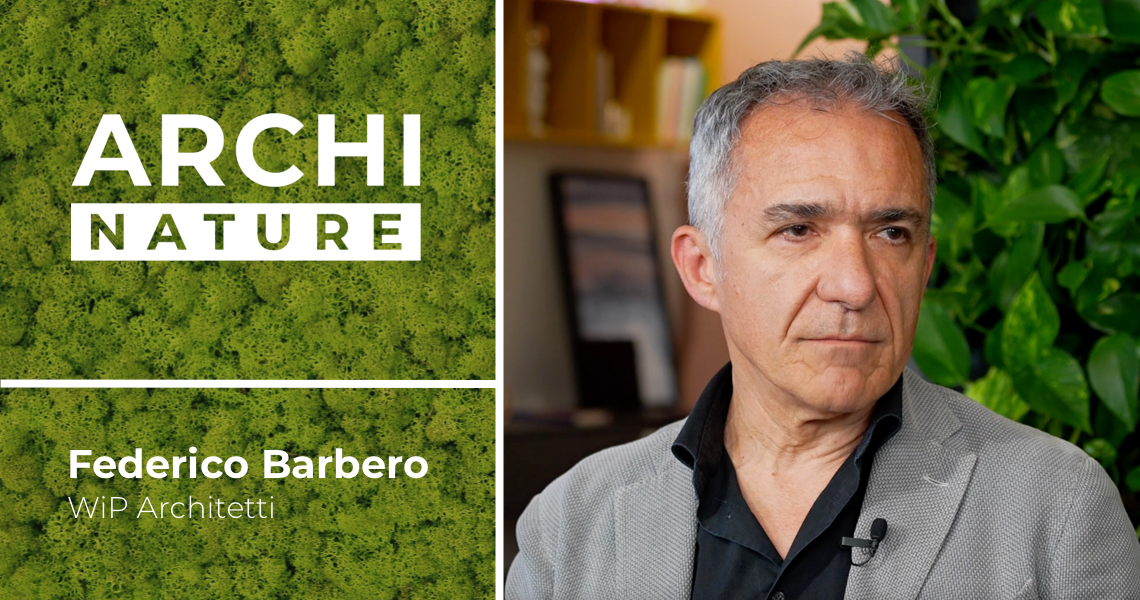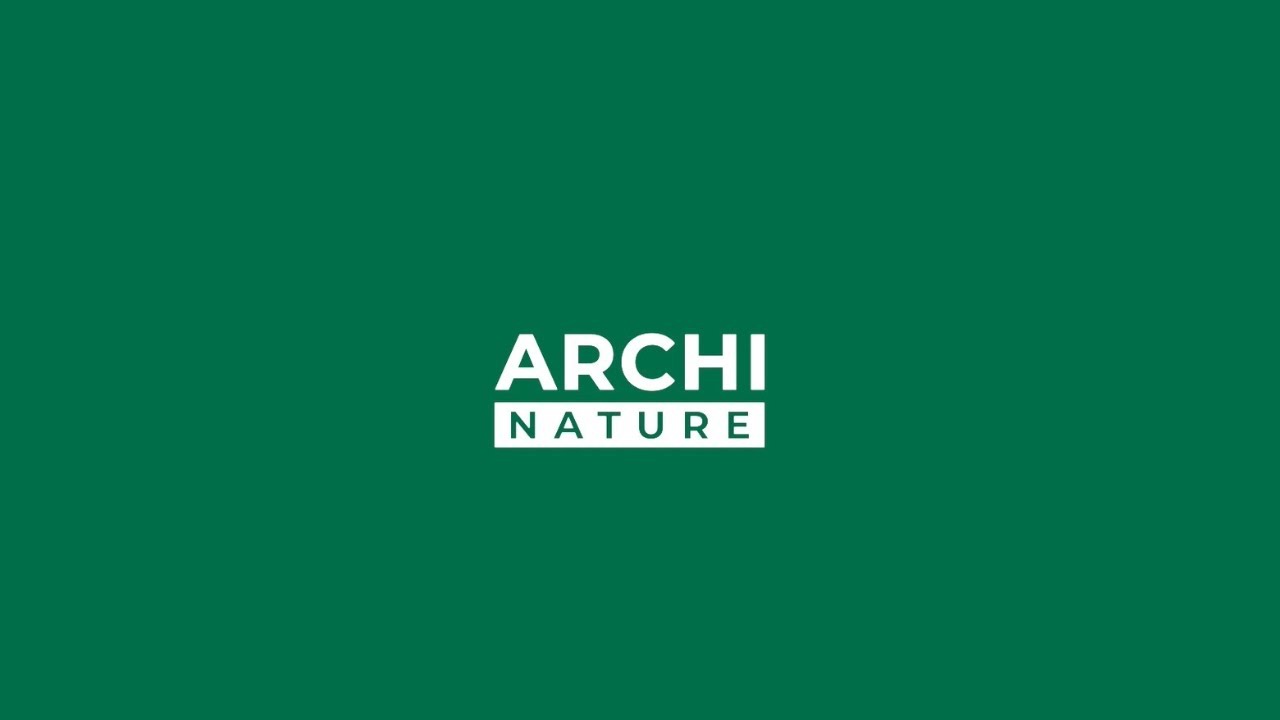
In contemporary design, Sustainable architecture and integrating urban green spaces are increasingly relevant topics. In this interview, we have the pleasure of talking to Federico Barbero, of WiP Architetti known for its innovative and sustainable approach. We discuss their work, current projects, and the importance of greenery in cities.

WiP Architects is an integrated design company with a focus on architecture. Over the years, we have extended our expertise to engineering to provide a comprehensive service to our clients. We also provide technical assistance to expand our range of services. However, architectural design remains our core business, our first love and the element from which everything takes shape.
We are currently redeveloping an office building in Via Quadrio in Milan. The aim is to adapt this building from multi-tenant to multi-occupancy, sharing spaces between several people instead of one tenant.
We have added terraces, enlarged the building, reused inner courtyards, and created two large glass walls of about 200 square meters ttowards the new reception area. This project represents a small redevelopment of a piece of the city and includes an opening to the public space through the new reception. It is a work in progress and is of great importance to us.
Green has always been a central aspect of our projects, not just as an ornamental element but as an integral part. Since our first residential projects in San Donato Milanese, we have always attributed great importance to greenery. Living and working in an environment like San Donato Milanese has helped us to understand the importance of preserving green spaces as an indicator of quality of life and as part of our relationship with nature.
We owe this both to the original idea of ENI's founder, Enrico Mattei, of the 'garden city' and to the quality of architecture in this area of the city, also due to the masters of rationalism of the 1950s and 1960s who perpetrated the focus on quality of life through the integration of green spaces.
Today, it is hard to imagine houses or offices without outdoor spaces, such as terraces, enriched with green elements. Green has become an index of well-being for people.
Green areas promote greater concentration and productivity in the workplace. In addition, we have found that greenery can perform signaling and directing functions in urban areas. Private buildings with public openings often use greenery as a filter at the entrance. Thus, greenery is not only an aesthetic element but also has several technical functions.
I cannot say a single word, but what sets us apart is more of an attitude. Our goal is to contribute, through architecture, to the realisation of a more beautiful, fairer and sustainable world.
The word 'sustainability' embraces many facets and guides our relationship with nature and the spaces we design, even if they are artificial. Biophilia, understood as our ancestral relationship with nature, is central to our vision.
The role of the architect has deeply changed over the years. In particular, we have seen an acceleration and epochal change about the way to do architecture. Clients, the market, and the world of production have changed.
However, the role of the architect remains unchanged. We are still an interpreter of the surrounding context, client's needs, and market dynamics. We are the coordinators, the directors who translate inputs, external stimuli and engage with the other players in the project. It is a role that requires an overall vision and an ability to orchestrate.
Sustainable architecture and the integration of urban greenery are essential elements in modern design. With its innovative and sustainable approach, WiP Architetti is committed to creating a more beautiful, equitable and sustainable world. Through projects such as the redevelopment of an office building in Milan and the constant focus on greenery, WiP Architetti demonstrates the importance of environmentally conscious design to improve the quality of life in cities.
Interview by Giorgio Tartaro




















